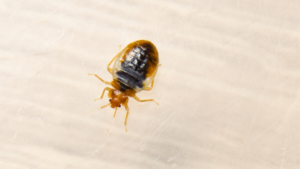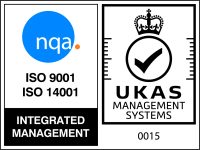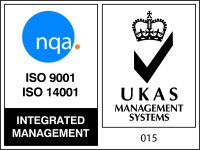Cleanliness and hygiene are dynamic concepts. To maintain excellent standards of hygiene within a facility – be it a school, a restaurant, an office or a hospital – it takes hard work and mutual understanding from both those who use and those who maintain that particular space. In order to protect and ensure these standards in the long-term, both cleaners and facilities teams – and of course facility users – should all strive toward creating a working culture that maintains cleanliness.
A Working Culture for Cleanliness: Why is it Important?
A cohesive culture that centres around cleanliness is important because it keeps both those who work to clean and those who work or use a facility safe. Or, as Facility Executive explains, “The most important component of any work environment is its people. Thankfully, there are ways that businesses can make a significant positive impact on the health and safety, productivity, and satisfaction of employees. One of them is by providing a clean and hygienic workplace, from cubicles to common areas to restrooms.” The outlet goes on to acknowledge that there is a direct correlation between good hygiene and the overall health of facility users.
On a more practical level, the UK’s Health and Safety Executive (HSE) explains that it is an employer’s duty to provide employees with a safe and hygienic environment. From an aesthetic standpoint, it is also worth considering that a working culture that centres around good hygiene is visible to all those who visit a site; in this sense, creating a culture around cleanliness can visibly reassure visitors that hygiene standards are valued and respected within a particular facility. This is especially important in the food service sector.
Practical Steps in Creating a Culture Around Cleanliness
Hygiene professionals, facilities managers and facility users all have a part to play in creating a working culture around cleanliness. Speaking specifically of what employers and building managers should do to foster an atmosphere of good hygiene, HSE explains that a clean premises should be provided for – including clean floors, stairs and working drainage. In addition to offering up receptacles for waste and dirt, the executive adds that waste should be removed regularly and walls and ceilings kept clean. Running water and hygiene facilities should also be offered, as should hand wash basins. The executive offers a full list of the provisions that should be made by employers with respect to cleanliness and hygiene here.
From their perspective, hygiene professionals can also take an active role in building a culture around cleanliness by utilising and deploying the correct protocols when they clean. Facility Executive reminds cleaners to always work from the top to the bottom of a surface when cleaning, to select their products carefully and to regularly re-stock hand washing and hand sanitising items. Additionally, cleaners should take care to colour code their materials to prevent cross-contamination.
How to Reinforce a Culture of Cleanliness
Cleaning Matters observes that, in order for a culture of cleanliness to thrive and flourish, it is important that both cleaners and employees or facility users all understand the specific goals of a hygiene or health and safety policy. The outlet adds, “Once aims and objectives are agreed by senior management and documented on the organisation’s health and safety statement, management can start by leading by example. Managers can play a role in day to day meetings about safety issues and take part in any tours or audits. They can promote change in operations to safer practices and vigorously enforce company safety rules.” The outlet highlights that, when it comes to reinforcing good hygiene practices, managers should set an example for all employees to follow.
Good hygiene – in any facility – isn’t necessarily a given. But with mutual understanding of an organisation’s aims and goals, cleaning staff, facility managers and facility users can all help to create a positive working culture around cleanliness.








